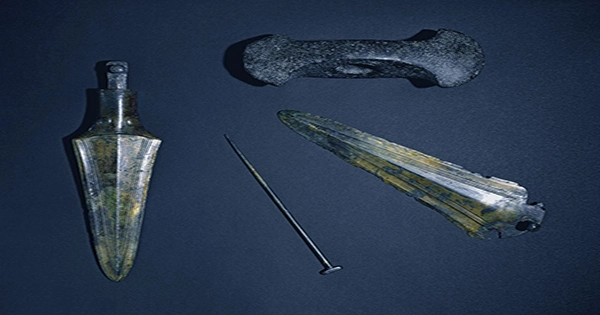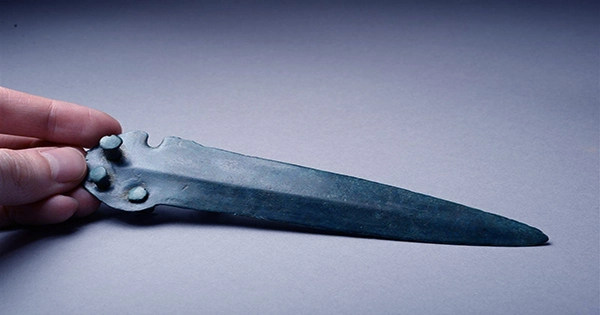From roughly 6,000 years ago, copper alloys with either arsenic or tin were so common and essential that the time was dubbed the Bronze Age. Despite doubts regarding their functioning, the purpose of daggers commonly found in period tombs has remained unexplained. According to new evidence, they were employed to prepare animal corpses rather than being solely prestige symbols, as previously thought. Daggers are found in Bronze Age tombs, probably to indicate the importance of the individual buried there. These first appeared in central Europe around 6,000 years ago, indicating that technology developed quickly and disseminated throughout Europe.
However, archaeologists have been perplexed by their inability to determine whether these blades were solely symbolic or had practical applications. Techniques for testing residues in other materials of the time, such as pottery and stone, do not work for copper alloys. Professor Andrea Dolfini of Newcastle University was faced with the task of devising a new way to find out. Dolfini and co-authors report their achievement in Scientific Reports, detailing the findings of applying their approach to ten daggers discovered near Pragatto, Italy in 2017. The daggers were buried somewhere between 1550 and 1250 BCE, at the end of the Bronze Age.

The scientists used Picro-Sirius Red (PSR) solution to stain residues on the blades, then analyzed the result using optical, digital, and scanning electron microscopes. Using the data from these microscopes, the scientists discovered residues that indicated they had been used to cut animal tissues such as bone, muscle, tendons, and collagen. The authors theorized that the daggers were used to butcher cattle corpses, including slicing flesh off the bone. They used replicas created by a modern bronzesmith to verify this idea, revealing that the daggers were well-suited to the job, refuting prior assertions that the design and composition of daggers like these rendered them solely fit for symbolic purposes.
It’s not always possible to tell the difference between human and other big animal remains, and the report admits that “Daggers may have had additional applications, such as as close-range weaponry.” Nonetheless, it’s likely that butchering animals for food or skins was far more prevalent than murdering adversaries. Bacteria normally break down animal tissue over thousands of years, but in some situations, a mix of salt and metal inhibits this, enabling the animal residue to remain.
The first copper-alloy daggers were discovered alongside flint daggers in the same location and age. However, flint daggers appear to have become the Betamax of the Bronze Age, when copper alloys became more widespread. In a statement, Dolfini stated, “The research has demonstrated that it is feasible to extract and classify organic residues from ancient metals, increasing the spectrum of materials that may be examined in this way.” “This is a big advance since the new technology allows researchers to examine a large range of copper-alloy equipment and weaponry from all around the world.” The solutions that the new approach can and will supply in the future are as many as the possibilities.”














